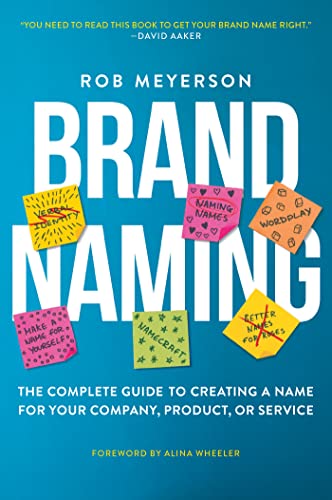TapestryWorks have long advocated using the senses and symbolism to build brand experiences with meaning, so we were very pleased to read the line, “distinctive assets are a sensory experience” in Building Distinctive Brand Assets by Jenny Romaniuk. This book is a great read for those who want to better understand how to build more successful brands by strengthening their brand identity.
Importantly, Building Distinctive Brand Assets is evidence-based and offers approaches that can measure and manage brand identity. Brand assets (and sensory signatures) can help people find and recognize your brand. TapestryWorks would go further and argue that they become even more powerful when they have meanings that are consistent with brand values. [If you would like to read more on sensory check this article or read our white paper.]
Building Distinctive Brand Assets builds on Jenny’s work with Byron Sharp in How Brands Grow, explaining the role of brand assets in building both mental availability and physical availability. It provides a comprehensive framework similar to the esSense framework developed by TapestryWorks, but because it is concerned especially with the role of assets at point of sale, it misses many potential sensory and storytelling assets.
Given the focus on point of sale, and of connecting the mental availability of key assets (what the shopper remembers) with the physical availability of assets (how well they stand out in store), this makes some sense. In this context, physical availability is supported by three main elements. It is good to be reminded that most shoppers only spend 12-17 seconds from arriving to leaving a product category in-store and half of shoppers take less than 5 seconds to choose an item (similar timings apply online). The role of brand assets is to help shoppers remember and find a brand in that short opportunity gap.
Presence is driven by distribution and by being in as many places as possible. Prominence comes from having distinctive assets that help a brand be recognized and stand out from other brands in the category. And relevance refers to the link between the asset and customer needs, including contextual and emotional triggers. If you are interested in making your brand more visible at point of purchase, you may find TapestryWorks’ SHAPE framework helpful (more here).
Contextual and emotional cues are especially important for building mental availability, and the book argues that brands should build a wide range of these to maximize availability across a wide range of potential occasions. “Category entry points” (or CEPs) relate to the needs, contexts and situations that can trigger a shopper to remember a brand at the right time and place, because of its associations with that moment and the shopper’s needs at that moment. This is the role of advertising.
These can be related to occasion, social context, emotional needs and reasons for choice (when, where, with whom, how feeling and why). Jenny Romaniuk’s research shows that bigger brands have more CEPs that are salient to consumers and that this has a strong relationship to future buying behaviour.
That’s why it’s important to develop research approaches that can elicit these CEPs from customers. And most especially the why of brand choice, reflecting how someone feels (and wants to feel) before, during and after purchase and use. Such CEPs are usually general to a category (or customer job) rather than specific to an individual brand.
In terms of which assets work best, most shoppers believe that colour is the most effective. For example, if you are scanning a long shelf quickly, your eyes can’t focus on anything specific and colour is really the only visual cue that can be taken in. Marketers typically focus on colour, pack design and logos, but certain colours are very often common to many brands in a category, and simply following category codes may not be the best strategy. Logos, characters and fonts have been shown to be more unique in many cases.
The framework used in the book to think about different assets covers colour assets, word assets (including taglines and fonts), story assets (including style and moments), human face assets, music assets, shape assets and sound assets. This is a good reminder to think beyond colour, logo and pack design to build a more rounded set of brand assets.
However, Jenny Romaniuk reminds us that focusing on too many assets may be counter-productive. Focus and consistency are often more important. Having a small number of very strong assets (unique and well known) is better than having a large number of weak assets.
Overall, this is a great read for anyone interested in the practicalities of building strong brands, and the ways in which stories, symbolism and sensory experience can be used to strengthen brand identity. If you read this book, you will be in a much better position to build your own brand esSense.
Please get in touch if you want to learn more about creating and measuring brand assets and sensory signatures.






